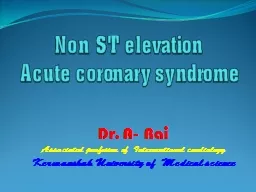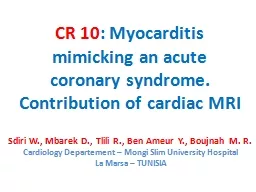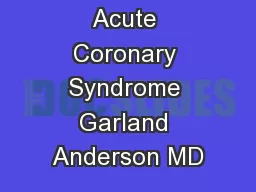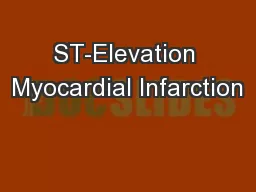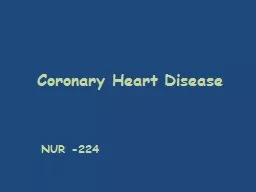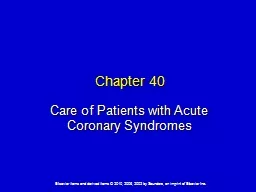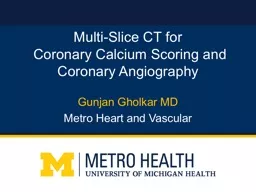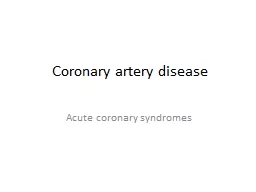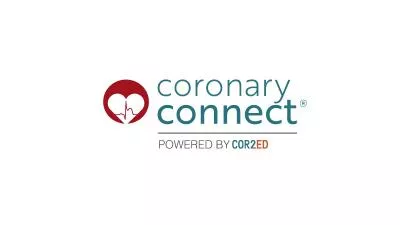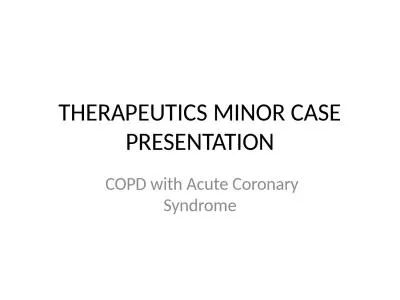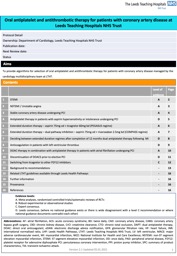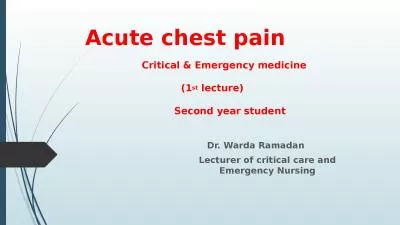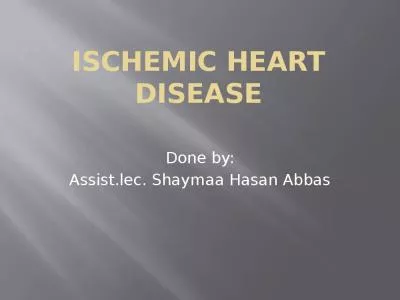PPT-Non ST elevation Acute coronary syndrome
Author : blackwidownissan | Published Date : 2020-06-16
Dr A Rai Associated professor of Interventional cardiology Kermanshah University of Medical science Several features help to differentiate ACS from chronic stable
Presentation Embed Code
Download Presentation
Download Presentation The PPT/PDF document "Non ST elevation Acute coronary syndrom..." is the property of its rightful owner. Permission is granted to download and print the materials on this website for personal, non-commercial use only, and to display it on your personal computer provided you do not modify the materials and that you retain all copyright notices contained in the materials. By downloading content from our website, you accept the terms of this agreement.
Non ST elevation Acute coronary syndrome: Transcript
Download Rules Of Document
"Non ST elevation Acute coronary syndrome"The content belongs to its owner. You may download and print it for personal use, without modification, and keep all copyright notices. By downloading, you agree to these terms.
Related Documents

